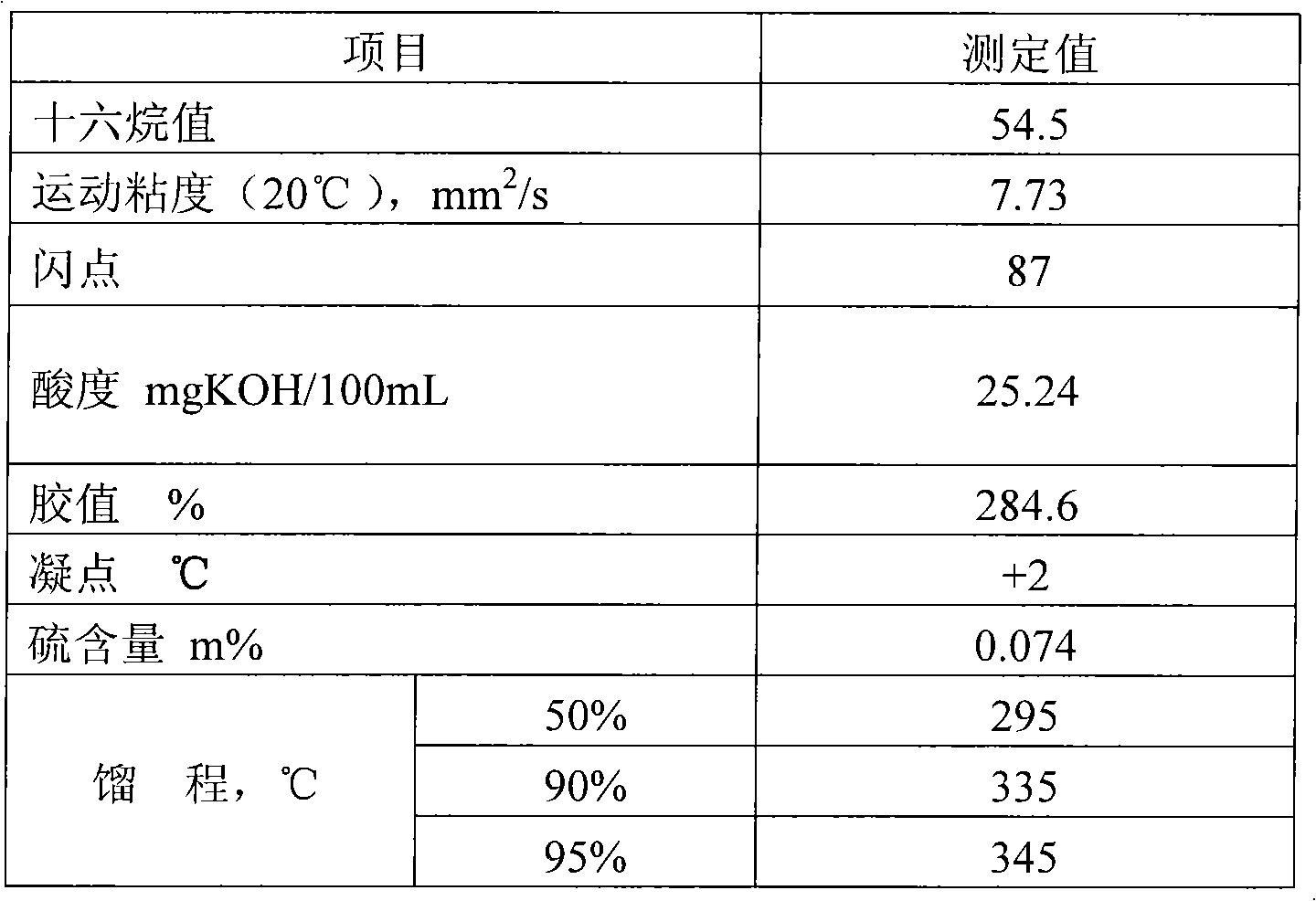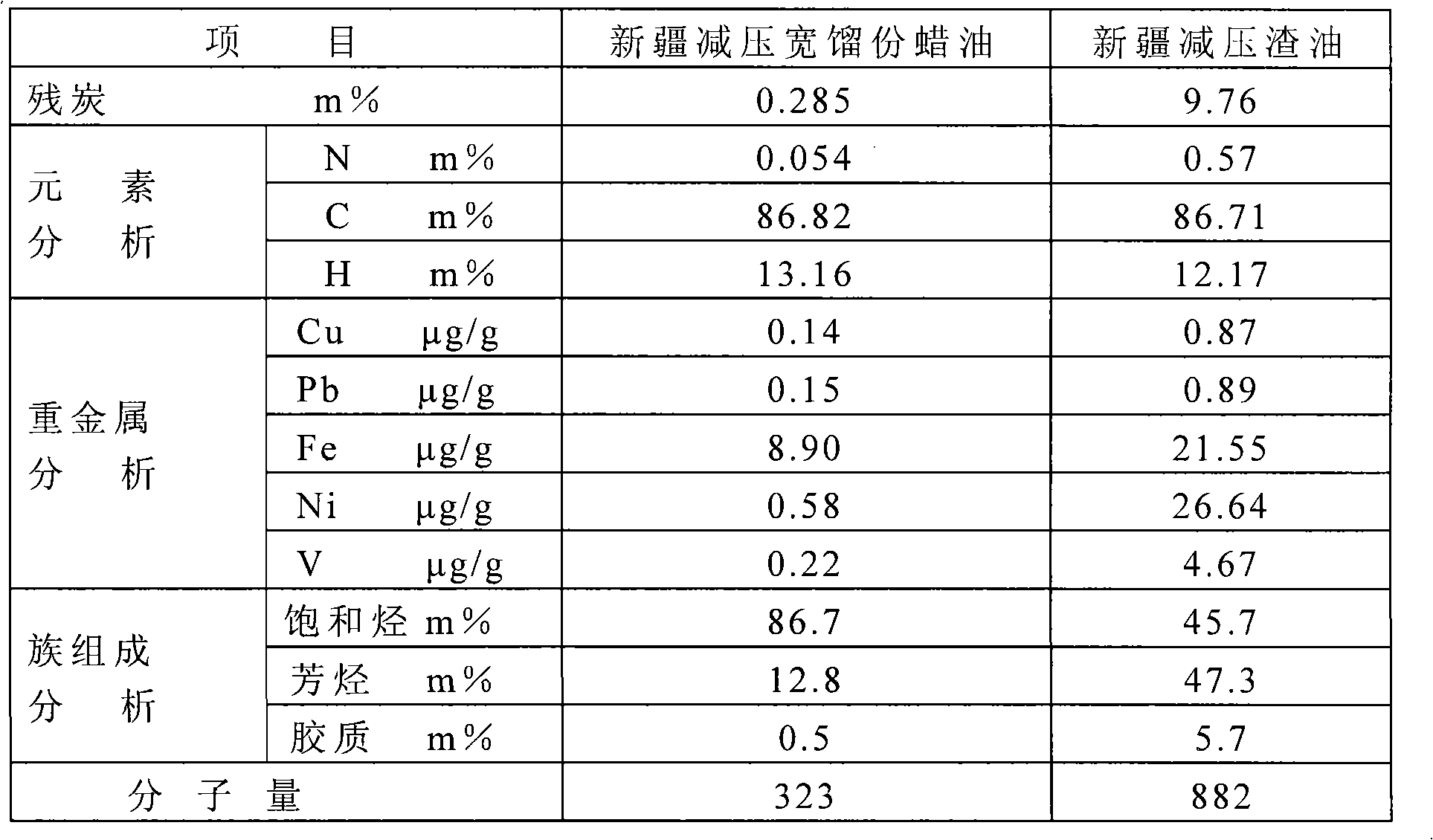Method for preparing in situ crystallization type catalytic cracking catalyst
An in-situ crystallization and catalytic cracking technology, which is applied in the direction of catalyst activation/preparation, physical/chemical process catalysts, molecular sieve catalysts, etc., can solve the problems of long crystallization time and the influence of crystallization quality stability, and achieve crystallization time Short, reduce the amount of directing agent, shorten the effect of crystallization time
- Summary
- Abstract
- Description
- Claims
- Application Information
AI Technical Summary
Problems solved by technology
Method used
Image
Examples
Embodiment 1
[0053] Add water to 20Kg (dry basis) of kaolin to make a slurry with a solid content of 35%, and add a total of 3% of additives such as sodium pyrophosphate and sodium hydroxide, and spray to obtain 15Kg of spray soil balls. The sprayed soil balls were roasted in a muffle furnace at 980°C for 2 hours to obtain roasted soil balls A1 and at 750°C for 3.5 hours to obtain roasted soil balls B1. Sodium silicate (containing 19.84% SiO 2 , 6.98% Na 2 (0) 750g, the mother liquor (8.04% SiO ) from the gel method NaY synthesis (using the method of Example 3 in US3639099) 2 , 0.67% Al 2 o 3 , 4.29% Na 2 O=60:5:32) 300g, sodium hydroxide 11.2g, directing agent (containing 11.65% SiO 2 , 1.32% Al 2 o 3 , 12.89% Na 2 O) 96g, deionized water 200g, 260gA1, 140gB1 were put into a stainless steel reactor, heated to 90°C and crystallized at constant temperature for 20 hours. After the crystallization is completed, the mother liquor is removed by filtration, and the filter cake is washed...
Embodiment 2
[0055] Add water to 18Kg (dry basis) kaolin to make a slurry with a solid content of 35%, and add 5% sodium silicate as an auxiliary agent, and spray to obtain 12Kg of spray soil balls. The sprayed soil balls were roasted in a muffle furnace at 1060° C. for 1 hour to obtain roasted soil balls A2, and roasted at 850° C. for 3 hours to obtain roasted soil balls B2. Sodium silicate (containing 19.84% SiO 2 , 6.98% Na 2 (0) 550g, the mother liquor that adopts 975g to obtain by the embodiment 3 method in US3639099 and 40.2g aluminum sulfate 75 ℃ reacted 5 hours to form the silica-alumina structural unit component of silica-alumina colloid (10.62% SiO 2 , 2.51% Al 2 o 3 , 3.86% Na 2 O=55:13:20) 738g, sodium hydroxide 28g, directing agent (containing 11.65% SiO 2 , 1.32% Al 2 o 3 , 12.89% Na 2 O) 180g, 40g of deionized water, 360g of A2, and 110g of B2 were put into a stainless steel reactor, the temperature was raised to 86° C. and crystallized at a constant temperature for ...
Embodiment 3
[0057] Add water to 25Kg (dry basis) kaolin to make a slurry with a solid content of 35%, and add 1% sodium hydroxide as an auxiliary agent, and spray to obtain 22Kg of spray soil balls. The sprayed soil balls were roasted in a muffle furnace at 900°C for 3.5 hours to obtain roasted soil balls A3, and at 870°C for 1.5 hours to obtain roasted soil balls B3. Sodium silicate (containing 19.84% SiO 2 , 6.98% Na 2 O) 1500g, from the mother liquor (13.69% SiO 2 , 0.56% Al 2 o 3 , 3.73% Na 2 O=73:3:20) 330g, sodium hydroxide 12.6g, directing agent (containing 11.65% SiO 2 , 1.32% Al 2 o 3 , 12.89% Na 2 O) 210g, 70g A3, and 280g B3 were put into a stainless steel reactor, the temperature was raised to 93° C. and crystallized at constant temperature for 18 hours. After the crystallization, the filter cake was filtered, washed and dried to obtain the crystallized product MC-3, which contained 32% Y-type zeolite, and the silicon-aluminum ratio (molar ratio) of the zeolite was 4....
PUM
 Login to View More
Login to View More Abstract
Description
Claims
Application Information
 Login to View More
Login to View More - R&D
- Intellectual Property
- Life Sciences
- Materials
- Tech Scout
- Unparalleled Data Quality
- Higher Quality Content
- 60% Fewer Hallucinations
Browse by: Latest US Patents, China's latest patents, Technical Efficacy Thesaurus, Application Domain, Technology Topic, Popular Technical Reports.
© 2025 PatSnap. All rights reserved.Legal|Privacy policy|Modern Slavery Act Transparency Statement|Sitemap|About US| Contact US: help@patsnap.com



